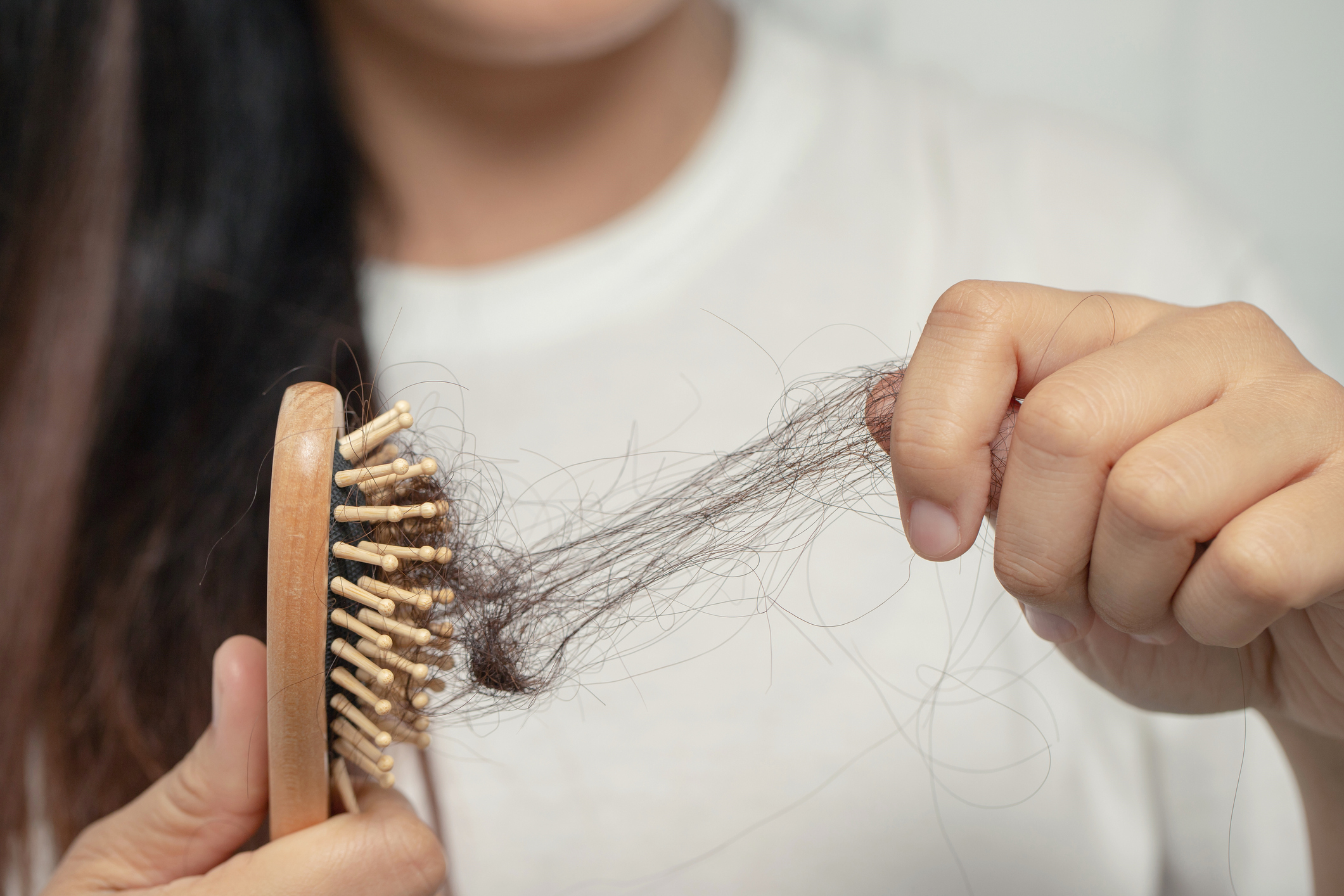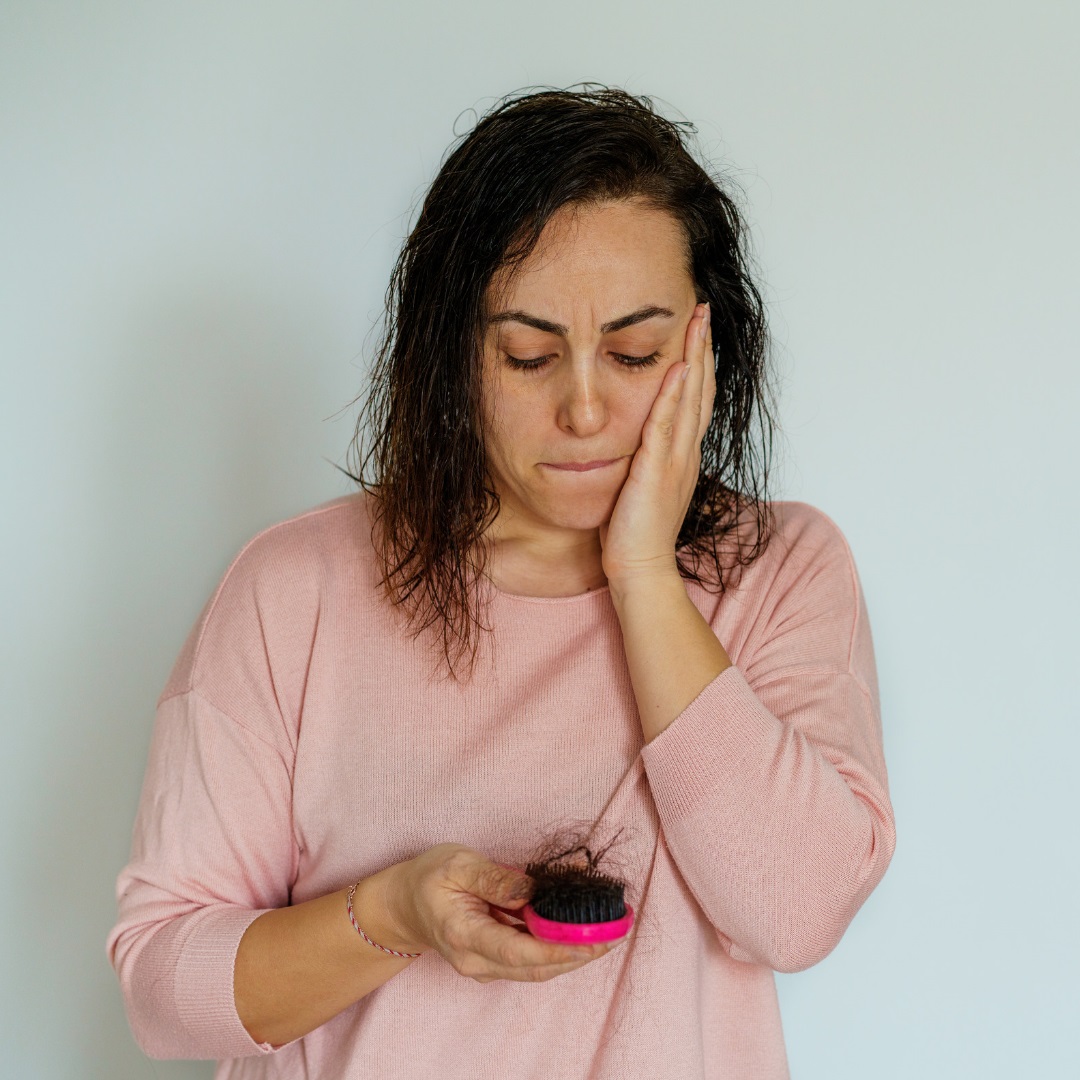Table Of Content

Michelle Crouch is a contributing writer who has covered health and personal finance for some of the nation's top consumer publications. Her work has appeared in Reader's Digest, Real Simple, Prevention, The Washington Post and The New York Times . She did buy some Nioxin shampoo, which she heard can help with thinning hair. The report found that people of color were the hardest hit, particularly the Hispanic community.
substantial weight loss over a short period of time
However, patients could still experience prolonged time to recover from hair loss, and there were no clear trends between COVID‐19 severity and the extent of hair loss. Since most of the included studies dealt with TE without long‐term follow‐up, there is insufficient evidence regarding PASC and hair loss. Interestingly, we found a strong tendency for female patients to experience hair loss in COVID‐19. Exactly how these physical and emotional stressors prompt telogen effluvium isn’t quite clear.
What are the best treatment options for COVID-19?
Chronic telogen effluvium, where the shedding continues for months, is possible. While its causes remain somewhat unknown, it can occur in people with long COVID, she says. “Even if it is chronic telogen effluvium, there are medical therapies we can use to reduce shedding and augment hair growth,” she explains. Although reducing your stress levels might seem insurmountable, making sure you’re eating the right things will go a long way to setting a good foundation for optimum hair growth. A healthy balanced diet is also important in stress reduction too as it can support a healthy immune system, repair damaged cells and even reduce elevated cortisol levels.
Stress can cause temporary hair shedding
Of the participants, 423 (52.5%) reported that their quality of life was not affected at all. In contrast, only three (0.4%) reported that their hair loss had an extremely large effect on their life (Figure (Figure11). The novel coronavirus disease 2019 (COVID-19) outbreak was declared a global pandemic by the World Health Organization (WHO) on March 11, 2020 [1].

Losing Your Hair After COVID-19? There Is Good News - University of Utah Health Care
Losing Your Hair After COVID-19? There Is Good News.
Posted: Tue, 15 Mar 2022 07:00:00 GMT [source]
The psychological impact of hair and skin disorders on patients' quality of life and satisfaction is remarkable, resulting in subsequent anxiety and depression [8, 9]. The connection between cause and effect with respect to COVID-19 infection and hair fall is straightforward. The most obvious connection is the response of the hair follicle to increased biological stress created by the systemic infection and subsequent cytokine release leading to telogen effluvium. In typical telogen effluvium a latent period of 3 to 4 months exists between the trigger event and the onset of hair fall. In the authors' experience, patients who have recovered from COVID-19 had a much shorter latent period, as short as 4 weeks in some cases. To date, the underlying pathophysiology of hair loss in COVID‐19 has yet to be elucidated.
If you are experiencing any of the symptoms above, you should get tested to confirm. Uncertainty about the COVID-19 vaccines has been common since they were first introduced. Our infectious disease specialist answers the latest viral topic in question. The material provided through HealthU is intended to be used as general information only and should not replace the advice of your physician.
Typically, telogen effluvium will occur about three months after the “shock,” Wolf said. Some of the most common COVID-19 symptoms include fever, chills, cough, fatigue, shortness of breath, sore throat, aches and diarrhea. “Patients with long COVID can have persistent inflammation that causes a number of symptoms, and one can be this type of hair loss,” Dr. Shammash says.
How long will hair shedding last?
Minoxidil may be an option,43especially if there is a coexisting/underlying pattern of hair loss. There have been reports of the use of topical steroid applications46but the evidence is not very high. Getting the patient reassured, ensuring a nutritious high protein, high-calorie diet, and adequate sleep will go a long way in helping the patient deal with the hair fall. Young and Shammash also believe an overload of inflammation in the body from COVID-19 is part of the equation. Even the psychological stress of having the virus, along with enduring the pandemic itself, may contribute. Make an appointment to see a dermatologist if the problem lasts longer than six months, she said.

Characteristics of hair loss after COVID‐19: A systematic scoping review
According to the American Academy of Dermatology, it’s completely normal to shed anywhere between 50 to 100 strands of hair per day. However, if you’ve noticed more strands falling out of your head than normal, you may be experiencing alopecia, the medical term for hair loss. Common diagnoses include androgenetic alopecia, alopecia areata, telogen effluvium, and lymphocytic scarring alopecia, Agbai tells USA TODAY. As a part of treatment reassurance and explanation that the hair fall is self-limiting and would reverse in ∼2 to 3 months is a major stress buster for the patients and helps them to emotionally deal with the hair fall.
“There’s no research to indicate that the COVID vaccines trigger hair shedding,” Dr. Kuhn says, adding that, in her experience, she hasn’t seen any people dealing with hair loss postvaccine. Dr. Bhanusali underscores the fact that there’s currently no direct data to connect the two. Postpartum hair loss in people who have given birth is another example of telogen effluvium, in this case caused by hormonal changes. Certain causes of inflammation in the scalp can also lead to hair loss. For example, the inflammation in scalp psoriasis—which shows up as red, scaly, plaques—can damage the hair follicles. Scalp psoriasis can also be itchy, and scratching and picking the scalp can exacerbate follicle damage and increase hair loss.
While there are literature reporting increased incidence of hair loss in COVID‐19 patients, insufficient evidence exists on the topic to date. This review aims to identify the existing evidence and clinical characteristics of hair loss with COVID‐19 infection. A study of over 60,000 people who tested positive for Covid and reported their symptoms found that a small percentage experienced ringing in their ears, sore eyes, rashes, red welts on their faces or lips, hair loss and unusual joint pains. A larger analysis of more than 600,000 people in Britain showed that a fraction of those with Covid also developed purple sores and blisters on their feet and numbness across their bodies, among other maladies. Some people may experience hair loss after being sick with COVID-19.
She notes that post-COVID hair loss typically shows up two to three months after infection and can continue for several more months. Regrowth happens slowly, taking up to 18 months for hair to look more normal again. While this systematic review revealed uncertainty and a lack of strong evidence regarding the association of COVID‐19 and hair loss, hair loss in COVID‐19 may mainly include TE and be reversible in nature. Future studies are warranted to determine the detailed pathophysiology and risk factors of hair loss in COVID‐19, including possible roles of estrogen, progesterone, and pro‐inflammatory cytokines. Antiviral treatments like Paxlovid may potentially alleviate symptoms like a Covid-related rash, perhaps because they can reduce the amount of virus in your blood, said Dr. Kelly Gebo, an infectious disease specialist at Johns Hopkins Medicine. But it’s unclear whether these symptoms are directly caused by the virus, or by the body’s response to it.
Given the significant negative aesthetic effects of hair loss leading to psychological distress, clinicians need to be aware of the importance of dermatologic findings in COVID‐19 patients. With the growing number of patients experiencing long‐COVID symptoms, hair loss may rise in incidence and become a frequent patient concern during long‐term follow‐up. With a practice dedicated to hair restoration and hair loss management, the authors have seen a large number of patients presenting with increased hair fall in the last 18 months. Hair fall after a stressfull event such as infections with febrile episodes is known. However, the latent period between the infective episode and hair fall has been shorter after COVID-19 infection than before.

No comments:
Post a Comment